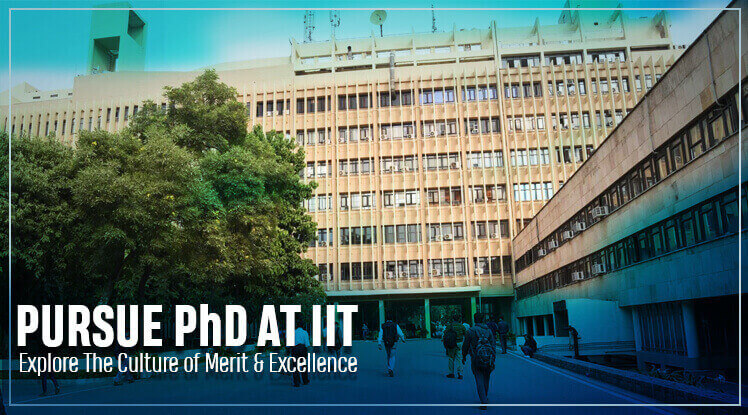Boosting The Protein Production In Cyanobacteria

Researchers modify DNA to improve protein production in cyanobacteria. – Image by Josef Reischig
Cyanobacteria are a type of unicellular organisms that can utilize sunlight and synthesize their food. Their ability to carry out photosynthesis makes them excellent candidates in the field of biotechnology for the production of desired chemicals and proteins. To kick-start this process, scientists use ‗promoters‘, which are the parts of DNA from suitable organisms, including cyanobacteria, that dictate the production of the required protein.
The commonly used promoters require the use of expensive inducers, or chemicals, for their activation. These are not viable for large scale commercial production of proteins in cyanobacteria. Moreover, these inducers get inactivated in the presence of visible light, rendering the promoters moot. Now, researchers from the Indian Institute of Technology Bombay (IIT Bombay) have developed a set of promoters that can boost protein production, are tolerant to light and work well with different strains of cyanobacteria. The study, published in the journal ACS Synthetic Biology, was funded by the Department of Biotechnology, Government of India.
Instead of starting from scratch in developing novel promoters, the researchers evolved two promoters — PrbcL and PcpcB — already present in cyanobacteria and which are known to spur a high production of proteins. They created mutations in the promoters to make a library of 36 mutant promoters of PrbcL and 12 of PcpcB. Then, they introduced them into Synechococcus elongatus, a fast-growing cyanobacterium, and noted their influence on the production of a
protein called enhanced yellow fluorescent protein (eYFP), which is easy to observe in experiments.
―The success in achieving promoters with the desired activity and other characteristics depended on our ability to screen a large number of mutant promoters,‖ says Prof Pramod Wangikar, who led the study. The researchers addressed this challenge by developing a method which allowed easy monitoring of the mutants by separating them in a large plate consisting of numerous wells.
Apply for a PhD at IITs
Apply for a PhD at IITs — the best technology institutions of India
The activity of the two promoters in their natural form decreases in the presence of high intensities of light and large concentrations of carbon in the cellular environment. So the researchers studied the changes in the activity of the bacteria containing the mutated promoters under different carbon concentrations and intensities of light. All except eight of the PrbcL promoters showed six to eight times higher production of the protein than usual even with elevated concentrations of carbon dioxide. Similarly, all 12 of the mutated PcpcB promoters showed heightened activity under high light intensities as well.
The researchers also tested the library of promoters in a different strain of Synechococcus to determine if it showed the same changes in activity. While most of the promoters from the PrbcL library worked relatively similar to each other in both strains, the promoters from the PcpcB library behaved differently. Although there was an increase in activity for the mutated PcpcB promoters under high intensities of light, some got inactivated. Further, the scientists need to test if these promoters can be used in any other strains of cyanobacteria.
The researchers also found an increase in the production of eYFP when the promoters were incorporated in a different bacterium, Escherichia coli, showing that the promoters can also be used in other organisms.
Moreover, the researchers demonstrated that some of the mutated promoters worked like a switch. That is, they produced protein only on a prompt and remained switched off otherwise.
―They get switched ‗ON‘ with environmental cues such as CO2 and light rather than a chemical,‖ says Prof Wangikar. This behaviour can be of use for preventing the production of any protein that is harmful for the cell.
―The promoters that we have developed don‘t require any chemical inducers,‖ says Dr Annesha Sengupta, a researcher involved in the study. ―Unlike the promoters that are generally used in cyanobacteria for production, we have developed a set of promoters whose activity can be tweaked using environmental parameters such as carbon dioxide and light. Hence, there is no additional cost involved when these promoters are used.‖
Since the initial experiments were carried out using only one protein, eYFP, the researchers are now testing the promoters for producing other proteins. They are also working on expanding the library based on other native promoters. ―In addition, we are testing if
promoters from one cyanobacteria will work in other cyanobacteria and how well they would work,‖ says Prof Wangikar.
―We are trying to express different proteins in cyanobacteria for the production of biofuel and chemicals that are used to prepare other chemicals,‖ says Dr Annesha, about the use of the promoters developed in the study. ―We are using locally isolated strains of cyanobacteria from Powai lake near our IIT campus. These cyanobacteria are attracting significant attention from the scientific community,‖ adds Prof Wangikar.
| Author(s) of the research paper | Pramod Wangikar, Indian Institute of Technology, Bombay, India Annesha Senugupta, Department of Chemical Engineering, IIT-B, IndiaSwati Madhu, Department of Chemical Engineering, IIT-B, India |
| Contact email | wangikar@iitb.ac.in |
| Title of research | A Library of Tunable, Portable, and Inducer-Free Promoters Derived from Cyanobacteria |
| Bibliographic Info | Sengupta A, Madhu S, Wangikar PP. A library of tunable, portable, and inducer-free promoters derived from cyanobacteria. ACS Synthetic Biology. 2020 Jun 17;9(7):1790-801. |
| DOI | https://dx.doi.org/10.1021/acssynbio.0c00152 |
| Funding Information | Research grant by Department of Biotechnology, Government of India |
| Article written by | Nagashree Avabhrath |
| Social media handles of the writer | –– |
| Social Media Handles of the researcher(s) | Twitter: @p_wangikar Instagram: — Facebook: https://www.facebook.com/wangikar LinkedIn:— |
| Image Credits | Image by Josef Reischig |
| Gubbi Pages link | |
| Vetted/Unvetted | Vetted |
Apply for a PhD at IITs
Apply for a PhD at IITs — the best technology institutions of India







